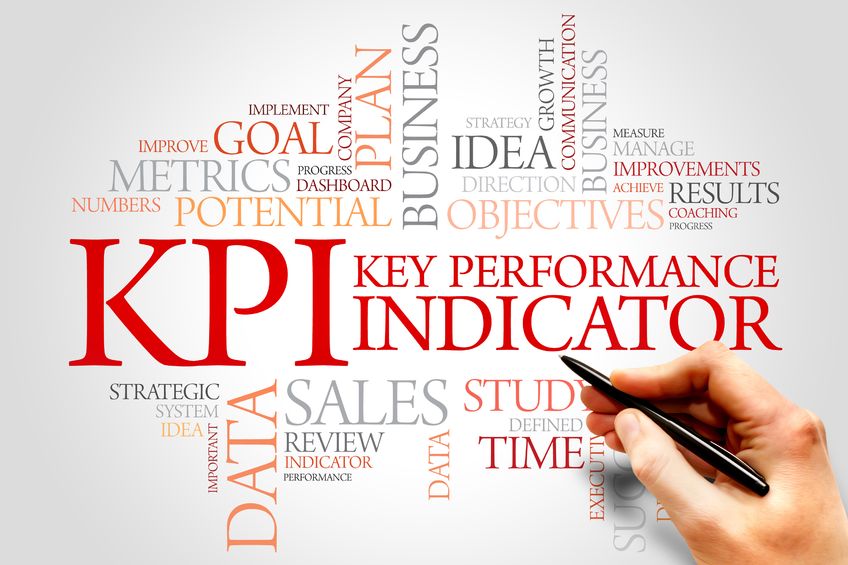Don’t blink! You don’t want to miss this!
By Susan Saldibar
Marketing for senior living communities can be complicated to say the least. There is a lot to pull together between your inbound and outbound campaigns. Chances are you are using a program like ConstantContact for emails and a combination of Facebook, Twitter and Vimeo to build your social interaction. On top of that, you probably have a lead management system which may be part of your CRM; maybe something like Hubspot. All these are great programs, but have you ever tried to get a full performance picture of how each impacts one another and the impact it has on sales follow through and move-ins?
In a nutshell that’s why we have dashboards. And they are becoming even more necessary as programs continue to improve and get more sophisticated because there will be more of everything to pull together!
Jason McCloud, VP of Digital Marketing at Sage Age, a Senior Housing Forum partner, has made it his business to understand why dashboards are important and how they operate, and has worked with Sage Age to develop their own dashboard solution. So what better person to sit down with and go over some of the rationale behind dashboards and how you can use them more effectively.
First of all, Jason tells us, even if you are a small independent senior care provider; you need to be using dashboards. The amount of data and applications, even for small organizations, will only increase. Get used to using dashboards now, while you have a smaller data set.
Here’s what dashboards bring to the table
-
Time savings and convenience: All of your data in one place so it is manageable and actionable.
-
Big Picture overview — A total performance picture of your Key Performance Indicators (KPIs) in real time.
-
At a glance, real time assessment —A way to quickly track, analyze and optimize your campaign effectiveness.
-
On the spot reports —Cross-channel KPI reports created on the fly.
-
Performance Improvement —Having the information you need at your fingertips to optimize your performance.
Most operators of senior living communities recognize the value of dashboards. But many still have the perception that dashboards take a lot of time and effort to put together. Where do you begin to assemble the right pieces and put them together to create a dashboard that actually tells you what you want to know?
Ask yourself: Does this KPI really belong in a dashboard?
Start small, Jason tells us. And a good place to start is by examining your KPIs. “KPIs are the building blocks to measuring your performance,” says Jason. “Not only do KPI dashboards record and track the performance of measures that are key to your success, but, by their very existence, they drive greater performance in those areas being measured – some of which may be underperforming.”
Here are some tips from Jason:
-
Consider your audience: Different dashboard views can be created for different audiences. What does your executive director need to see? What about your sales manager? Finance? The list goes on.
-
Does the data shown tell the whole story? What’s missing? Make sure your dashboard tells a story at a glance. It should have a clear purpose. Group data in a logical way. Don’t just “fill in the blanks” with a metric widget just to make the dashboard look better. Less is more.
-
Remember the “K” in KPI: Don’t overclutter your dashboard. If you have to ask if a metric is key, then it probably isn’t.
-
Make it easy to read in a way that makes follow up logical.
-
Use the reporting capability for more in depth analysis.
And, yes, using a dashboard has a positive effect on your ROI.
“We did a survey recently asking senior care providers what their wish lists were with regards to technology,” says Jason. “Their wish list included integrating the following: lead forms, affiliate marketing, phone call tracking, direct mail, email, print and social media. And, they wanted a way to integrate the metrics from each to show them the ‘big picture.’ That’s a dashboard, and that’s what people now realize can help drive up performance.”
Clearly dashboards respond to that need. And there are plenty of tools in the marketplace that allow you to design and develop your own dashboard. Some are pretty basic and others will require some heavy lifting from your IT team. Sage Age has rolled out their own offering that pulls data from a growing list of popular applications. They also provide services to help senior care providers arrive at the optimum set of KPIs.
“When planned and put together the right way, a dashboard works on so many levels,” says Jason. “It can help you quickly spot weak links in your sales and operations. And by being able to quickly address those weaknesses, boost your ROI.”
Keeping it simple.
Regardless of which dashboard provider you select, the main thing Jason reminds us to keep in mind that establishing a system to define and measure your KPIs needs to be a major component of your marketing plan.
Keeping it simple and meaningful, however, is the key to its success. “Remember to use only those feeds and KPIs that work together. Keep it simple. Dashboards shouldn’t have to take a lot of time to figure out. The lightbulbs should go on. Their impact should be immediate.”








